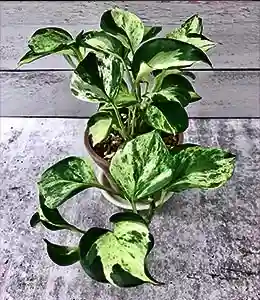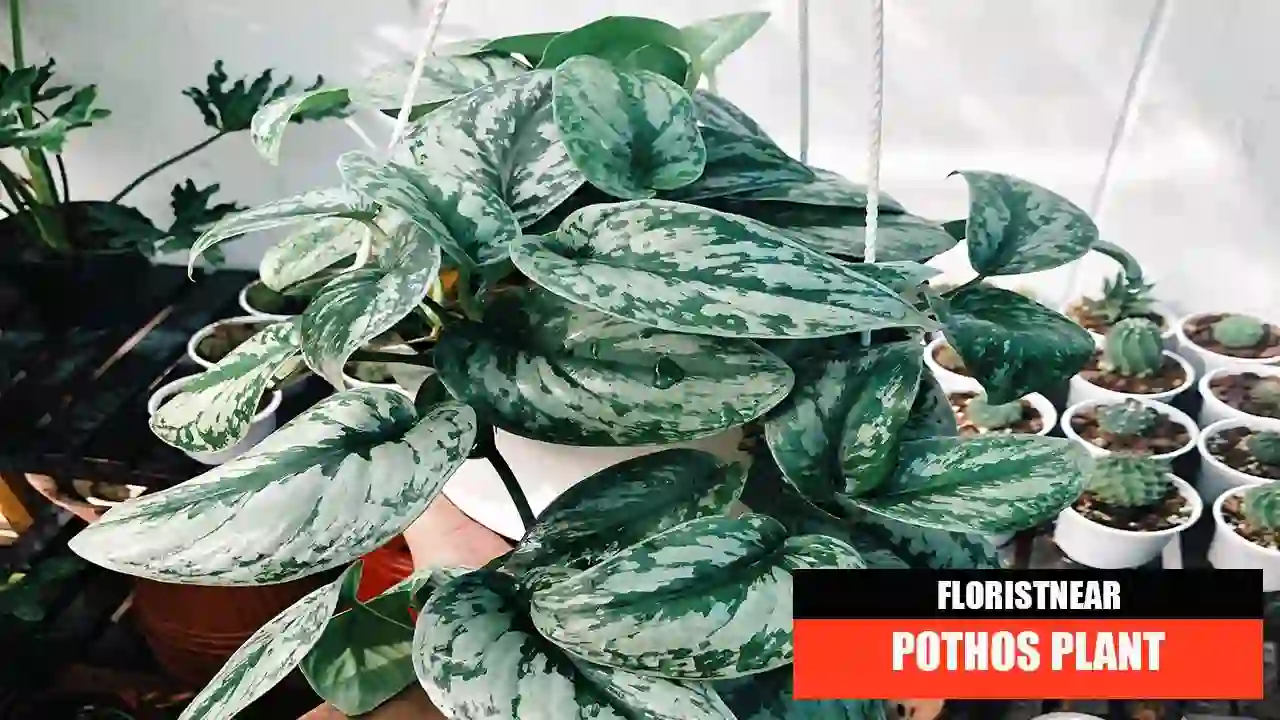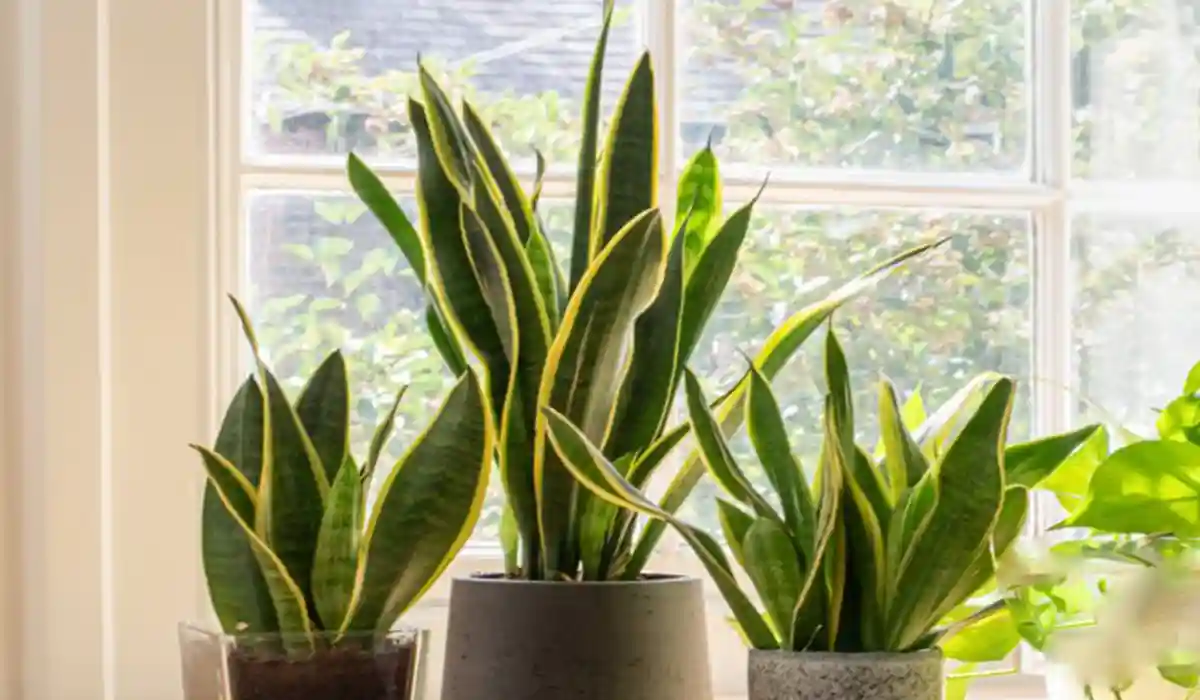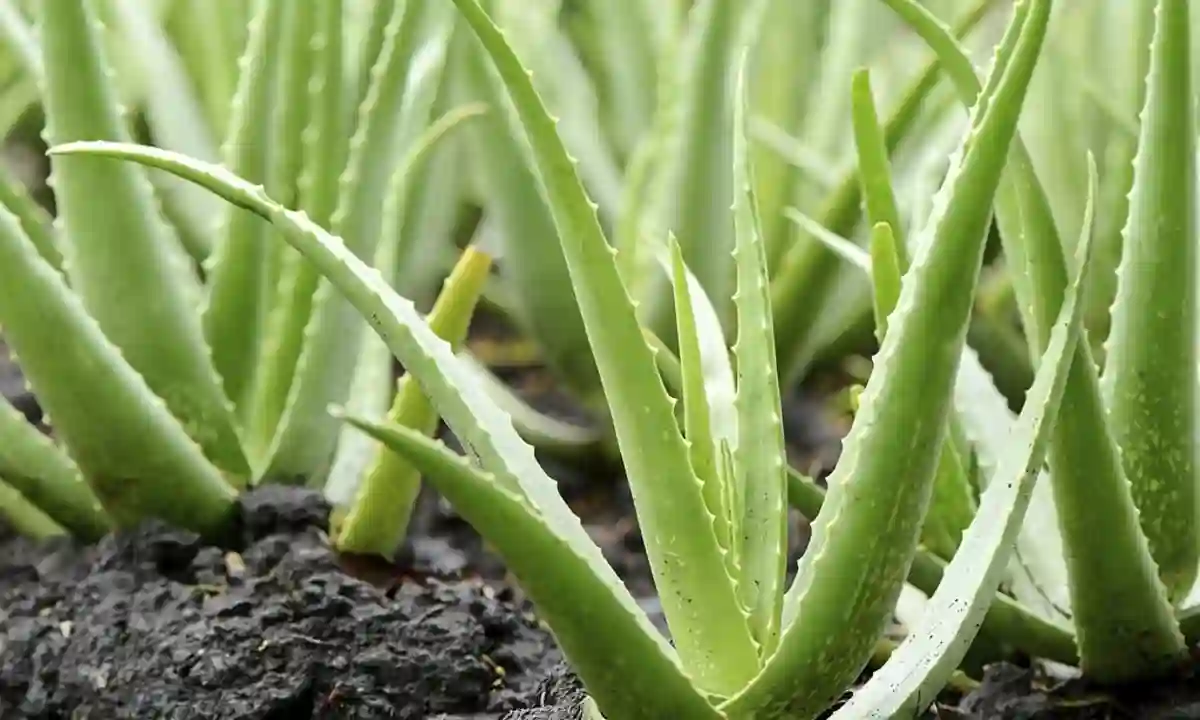The greatest advantage of pothos plants is that they grow beautifully in water without soil. However, if you want, you can also replace the soil, in which case the soil should be made with good drainage. Pothos plants have several benefits for the environment and our well-being which are mentioned below.
Pothos plants are classified according to the type of leaves they have. Its scientific name is Epipremnum aureum, and it belongs to the Araceae family. Pothos plants are also known as silver vine, good luck, taro vine, hunter’s robe, devil’s ivy, and Solomon Island ivy.
Easy to Care and 6 Benefits Pothos Plants
The pothos plant, also known as devil’s ivy, is a popular houseplant known for its easy care requirements and ability to thrive in a variety of conditions. Pothos plant adapts well to temperate climates as well as to our country’s climate.

Among the 10 air purifying plants according to the International Space Research Organization (NASA), the pothos plant absorbs toxic substances in the atmosphere. It is also known as a sign of good luck. It is believed that the wealth of a house that has a pothos plant increases. So many people substitute it.
Pot Selection:
Choose a large pot to transplant the pothos plant into, with room to grow. The bottom of the pot should have drainage holes to allow excess water to drain out and prevent root rot. If you want to plant a money plant in the first place, take a 6-inch clay pot. In the beginning, you can choose ceramic or plastic pots instead of clay ones. Later, when the plant grows, use a bigger pot.
Soil:
Pothos plants prefer fertile, well-drained, slightly acidic soil with a pH between 6-7. Very few plants can survive in soils with a pH of 9 to 11. If desired, you can mix more potting soil with a higher content of jute moss or perlite. A potting mix specially designed for tropical plants or a mix of peat moss, perlite and vermiculite works well.
Sunlight:
Pothos plants prefer bright, indirect light but can thrive in low light. It likes morning light and thrives well in sunlight. So, placing the plant near a window in daylight will make it grow faster, but avoid strong sunlight, which can scorch the leaves.
Water:
Pothos plants like to be consistently moist, but not waterlogged. Water thoroughly and allow the soil to dry out slightly between watering’s. Overwatering can cause root rot. So, allow the soil to dry out between watering’s. Water frequently during the hot season (every 3–5 days) and once a week during the winter.

Water the plants sparingly every day in early summer when they are growing tall. As the plant grows, it can absorb 2/3 inch of water per week.
Humidity:
Pothos plants prefer high humidity, but can tolerate average room humidity. You can increase the humidity around your pothos planter by regularly raking the leaves or placing a tray of water near the plant.
Temperature:
Pothos plants prefer temperatures of 60-85°F (16-29°C). They can tolerate a wide range of temperatures but can cause problems if the temperature is too hot or too cold for extended periods of time. The plant grows faster if you can keep it at room temperature. Pothos grows better in hot weather than in cold weather. The ideal temperature for houseplants is 72 degrees Fahrenheit. If the temperature drops below 55 F, plant growth stops.
Fertilizer:
Pothos plants benefit from regular fertilization during the growing season (spring and summer). At this time plants should be fed with a balanced, water-soluble fertilizer once every 2 weeks. The pothos plant’s growth rate depends on the shape of the pot. You can give liquid organic manure or dung manure, banana peels, egg shell fertilizer etc. Eggshells, Epsom salt, and baking soda are very beneficial for growth.
Never apply any chemical fertilizers except during the plant’s growing season as this can be dangerous. as the growth of plants is disturbed. Fertilizers should be applied in the right amount and at the right time.
Pruning:
Prune your pothos plant as needed to control growth and encourage bushiness. Cut back stems that have grown too tall and remove yellowed or damaged leaves. Winter is the perfect time to prune plants, but it’s not really necessary! Pruning can be done at any time if you want to prune weak and old branches to create new fresh shoots. If you don’t cut back dead or old branches, new, fresh branches will become obstructed.
Alamb:
We all know that the pothos plant loves to climb. For this, we can add plastic or bamboo poles. By adopting this pole the tree can grow properly. You can add rope to it to make it roll around. You can tie the stem until it reaches the top. So, helping the plant to climb properly is another way to make the money plant grow faster.
Nutritional Deficiencies of Pothos Plants:
Leaf curling: Lack of calcium causes money plant leaves to curl and become hook-like, the tips of the leaves die.
Senescence of leaves: Lack of nitrogen results in senescence of leaves, resulting in light green foliage, yellow stems.
Yellow leaves: A lack of magnesium causes light yellow, dark spots on the money plant’s leaves.
Leaf Lesions: Phosphorus deficiency causes small, reddish, or purplish spots on leaves, blackening of older leaves.
Leaf burn: A lack of potassium causes yellowing between the veins of the leaves.
There are some factors that affect the growth of money plants. For example, due to insufficient sunlight, insufficient or excessive watering, or a mineral deficiency, leaves turn yellow, fall prematurely, and the tips of the leaves turn brown. To get rid of these problems, good organic fertilizers and feeding once a month should be used. Neem oil should also be sprayed on the plants.
Benefits of Pothos Plants:
Air Purification: Pothos plants keep the air clean by removing harmful toxins such as formaldehyde, benzene, and xylene from the air. It can improve indoor air quality and promote better health.
Stress reduction: Studies have shown that having plants at home or at work can help reduce stress and improve overall well-being.
Improves mental health: The money plant can help improve the mind and spirit by increasing feelings of positivity and relaxation. This is due to plants’ ability to produce oxygen and improve air quality, which can promote better mental health.
Increased productivity: Studies have shown that people who work in environments with plants are more productive and have improved cognitive function than those who work in environments without plants.
Ornamentation: Pothos plant are attractive and can add attention to any space. They come in a range of different leaf shapes, different colors, making them a versatile choice for decorating your home or office.
Low maintenance: Pothos plant trees require relatively low maintenance and can be grown in a variety of conditions.
Overall, Pothos plants are a versatile and beneficial addition to any home or workplace, and can improve indoor air quality, reduce stress, and bring attention to your space.



